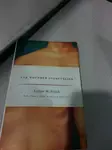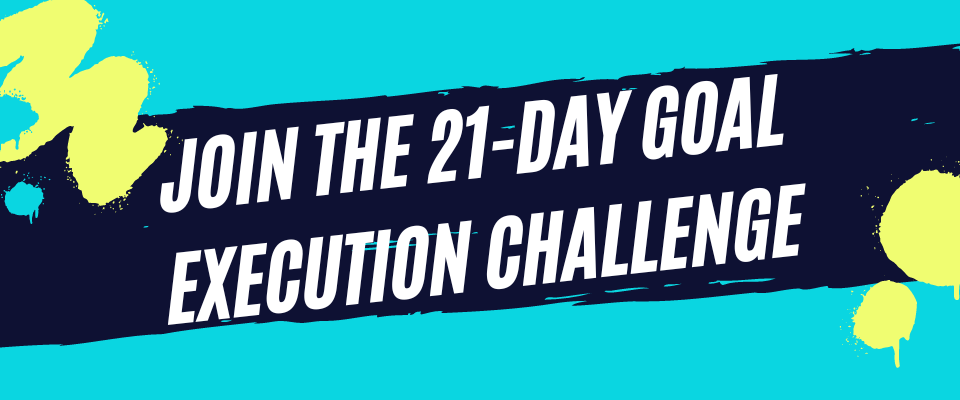- Home
- Think Pieces
- Literary Analysis
- A Hanging Analysis
George Orwell ~ 'A Hanging' Analysis
Protagonist and Antagonist in 'A Hanging'
The protagonist, or leading character in the story is the Hindu prisoner. This character is the main character in the story because he undergoes the hanging. The story focuses on the execution of capital punishment on this particular victim and his response or perhaps lack of, to this form of maltreatment.
The Antagonist is the superintendent; after all he represents the hostile force in the story. Though he does not directly put the Hindu to death, the Superintendent is ultimately in control of the hanging of this man and the other prisoners – at his command the man is executed.
A Hanging Analysis - Types of Characters
The
Hindu is a round character, in the beginning we know little about him,
as with the other condemned men, but as the story progresses, we get
greater depth and insight about him. The Hindu is the victim in the story, he has no choice but to suffer his punishment, he is lowly and helpless.
The Hindu can be viewed as a dynamic character, as we see the change in tone when he is about to be hung, as he shows his religious faith and desperateness. Most of the other characters do not change significantly through the story so they are static characters.
Francis is the head jailer, he represents another cruel force in the story as he prepares the Hanging. Francis is a round character, he organizes the prisoners and we learn many details about his personality, particularly through his speech to the superintendent, and also through his physical description.
The Superintendent is a round character as we learn details about him and his background (being an army doctor). Most importantly he plays a huge role in the management of the Hanging and so throughout the story we watch his actions and reactions. The superintendent is the head of the event.
The warders represents the mechanism of capital punishment, they have the responsibility to take the man to the hanging. The warders are flat characters, we don’t know a lot about them individually except that they watch the hanging and drink with the other men afterwards.
The Hangman has the most crucial step in performing the hanging, he is the end effector of the capital punishment. He is a flat character, because we don’t know a lot about him, and he only appears in the story for two paragraphs.
The narrator is a magistrate, he is an observer and he follows the rest of the magistrates, observing the process and then continuing as normal when it is over. We see the story through his perspective, yet in the story not a lot is said about him, we simply see things through his eyes - so he is a flat character.
The Eurasian boy represents a young person who will likely grow and progress to be in a position like the other magistrates. He seems to be keen on impressing the magistrates.The Eurasian boy is also a flat character, he talks to the magistrates and tries to stone the dog but there is not much depth to his personality.
The dog is a vital character in the story; though not human the dog is compassionate and is a donor of unconditional love, running up to the Hindu and licking him, a sign of joy and affection.
The dog is a round character that represents loyalty and hope in the story. The writer conveys the true significance and depth of the occasion and situation through the actions of the dog. The dog may represent the writer's conscience and his disappointment at the other men’s behaviour (and the legal system).
The condemned men are the other prisoners; they too are helpless and are awaiting their turn to receive capital punishment. They are flat, we know little about them.

How George Orwell Portrays the Characters in 'A Hanging'
The Hindu is characterized as a ‘puny wisp of a man’ with a ‘sprouting moustache’, he has a ‘bobbing gait’. A key detail is that the prisoner is ‘unresisting, yielding’. This reader thus pictures the man as a weak person, who seems on the cusp of existence which results in his yielding spirit, he is not trying to intervene in his punishment. He is a man of faith who gives a ‘reiterated cry of Ram, Ram!’ to his god. Yet, he still carries dignity as he steps ‘slightly aside to avoid a puddle on the path’.
Francis is characterized as a ‘fat Dravidian in a white drill suit and gold spectacles’. This seems to represent the fact that he sees the world through the eyes of an affluent person who has no worries of personal security – in contrast to the prisoners. The fact that he is described as fat suggests that he is well-treated and looked after by the state. Francis seems to represent evil based on the fact that his speech is described as a series of hissing noises – representing the biblical snake that brings woe to mankind.
The superintendent is characterized as an ‘army doctor with a grey toothbrush moustache and a gruff voice’, who carries a stick around. The fact that both the superintendent and the Hindu have moustaches, links them and shows that they are quite similar. Though they stand against each other, this detail shows that they are both inherently human, and therefore the issue of class and position is unimportant.
The dog makes a dash for the Hindu and jumps and tries to lick his face. At the hanging the dog whines as the Hindu cries out, then when the Hindu dies the dog goes to inspect the body. Afterward the dog retreats to the corner of the yard where it looks ‘timorously’ or fearfully, at the men. The dog is highly responsive to the Hanging and demonstrates how the humans should react to the hanging, but instead the men seem to be desensitized.
Thanks for reading! If you liked this content, share with a friend:
Recent Articles
-
15 Best Gifts for High Maintenance Women and Self-Care Queens
Nov 24, 25 06:49 PM
What do you buy a lady who is already accustomed to a lavish lifestyle? Here are ideal gifts for high maintenance women who never settle for less than the best. -
5 Signs You’re in a Creative Incubation Phase (Not a Rut)
Nov 11, 25 07:51 PM
Feeling uninspired? What if this pause is actually part of the process...Here are signs that you're in a creative incubation phase and good things are coming. -
15 Best Gifts for Smart People That Will Make Them Say "Eureka!"
Nov 08, 25 10:43 PM
Looking for a perfect gift for the “Einstein” in your life? Here are the best gifts for smart people, that’ll make them even smarter...










